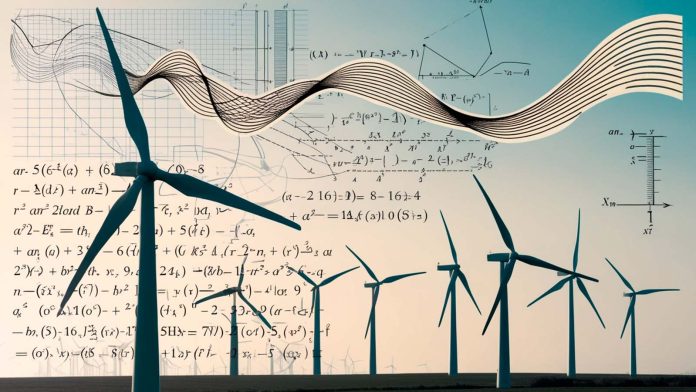When it comes to energy generation, we often hear about the increasing efficiency of photovoltaic panels. They surpassed the 20% mark some time ago, and with innovative materials such as perovskites, may soon leave current records far behind. But wind energy is also making major strides. In terms of size, design and materials, wind turbines are becoming more efficient every day. This time, the breakthrough has come from solving an equation that dates back a century—and the person behind it is an aerospace engineering student from the United States. Here, we explore her discovery and why it could mark a turning point in wind energy.
The Glauert equation
Hermann Glauert was a pioneering aerodynamicist in the early 20th century, renowned for his work on airflow around wings and propellers. As aviation began to take off and with the later advent of wind power, Glauert developed a formula based on blade element and momentum (BEM) theory to calculate the maximum power coefficient a turbine could achieve under ideal conditions. His equation enabled estimates of how much wind energy could be converted into electricity by analysing airflow distribution and blade geometry.
However, Glauert’s model, while revolutionary at the time, relied on major simplifications. It excluded key variables such as blade deflection and the full range of forces and movements acting on the rotor. In practice, this limited its relevance for today’s large-scale turbines, where the dynamics are far more complex—though that did not stop it from being used for decades. Now, an engineer named Divya Tyagi has fundamentally reworked it.
Efficient wind turbines thanks to a new mathematical approach
While studying for her undergraduate degree at Pennsylvania State University, Tyagi developed an extension to Glauert’s model as part of her thesis. In essence, she found a way to incorporate more variables to produce a more accurate efficiency calculation—in other words, to determine the total loads a turbine experiences, something Glauert’s original equation did not address. Her updated model, based on variational calculus, makes it possible to define the optimal flow conditions for maximising wind energy output.
Tyagi says she spent between ten and fifteen hours per week for several months developing the new solution. But the effort paid off, as this optimisation could significantly improve wind power generation. Her work has been published in the scientific journal Wind Energy Science, where the full study is available.
According to Tyagi, increasing a large turbine’s power coefficient by just 1% could have a major impact on its energy production. Beyond boosting output, the breakthrough could also lower the costs of building and maintaining wind turbines. This tangible impact earned Tyagi the prestigious Anthony E. Wolk Award for the best undergraduate thesis in aerospace engineering.
Do you like what you see? Download the PDF here
The age of wind repowering
The development of more efficient wind turbines is transforming wind farms around the world. Thanks to refined designs, advanced materials, and the deployment of taller, larger turbines, more energy can now be generated in a smaller footprint. Consider that the first turbines in the late 20th century produced just 0.5 MW, while today’s can reach up to 20 MW—a dramatic shift in only a few decades.
This evolution has given rise to what is known as wind energy repowering: replacing outdated or less efficient turbines with state-of-the-art machines. The process makes use of existing infrastructure while reducing the total number of turbines needed to generate more electricity. And who knows—Tyagi’s refined calculations may soon help shape this new generation of high-efficiency turbines.
Source:




